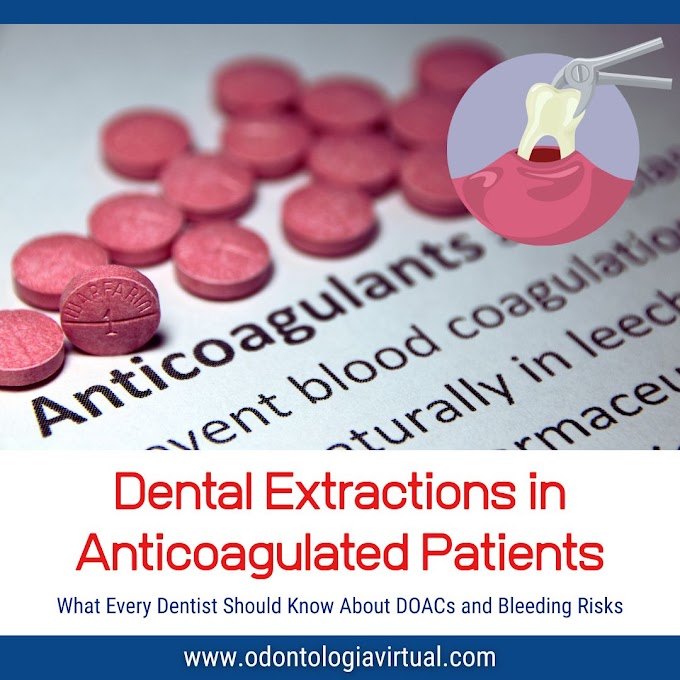Adenomatoid odontogenic tumors (AOT) are exceptionally rare, accounting for 2.2-7.1% of all odontogenic tumors.
The present study reviewed incidence, treatment, clinical features, and radiographic features of AOT patients and proposed an alternative treatment for large AOT.
These AOT patients were admitted between June 2006 to June 2017 and retrospectively reviewed. Gender, age, lesion site, affected tooth, types, and treatment of these patients were recorded.
A total of 13 AOT patients were documented. Age range was 11 to 65 years, with a mean age of 21.15 years. High incidence was found in the second decade of life (8 cases; 66.67%).
Females were affected more than males, with a ratio of 1.6:1. The maxilla had 6 cases (46.15%) and the mandible had 7 cases (53.85%), with a ratio of 1:1.17. Moreover, 10 follicular cases (76.92%), 3 extra-follicular cases (23.08%), and 0 extra-osseous cases were found.
In follicular AOT, the most commonly impacted tooth was canine (8; 80.00%).
A total of 10 cases (83.33%) were treated with enucleation, 2 cases (16.67%) were treated with fenestration decompression, and 1 case was not treated due to poor general conditions.
► CASE REPORT: Acanthomatous ameloblastoma of anterior maxilla
After two years of follow-ups, 1 (8.3%) case had a relapse. There were no clear signs of recurrence in the remaining cases.
In conclusion, AOT was more common in females, most in the second decade of life, usually associated with canines.
Conservative surgical enucleation is the treatment for AOT. However, for large AOT, fenestration decompression may be an effective treatment.













